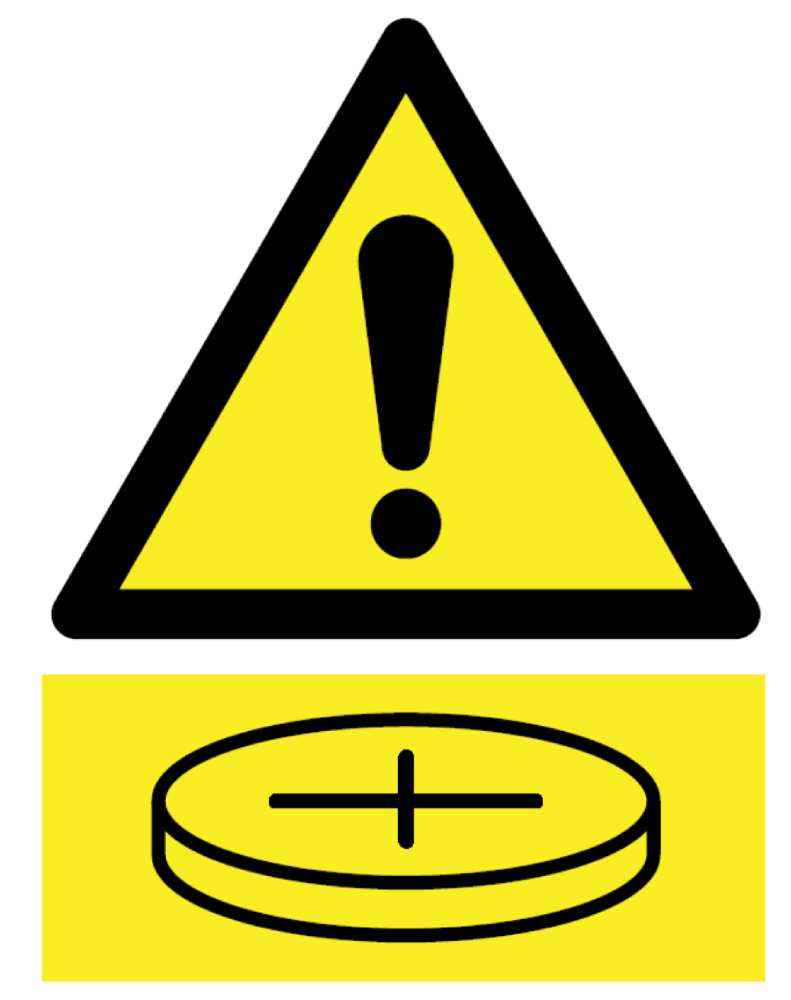Button and Coin Battery Safety in Children's Toys
Date Posted:5 February 2025
Important: This summary provides a brief overview of the risks and standards associated with button and coin batteries. We recommend consulting the relevant authorities and industry resources for a more comprehensive understanding of the regulations and guidelines. For more information, you can visit the ACCC's mandatory standards on button batteries.

What are Button and Coin Batteries?
Button and coin batteries, also known as button cell batteries or coin cell batteries, are small, round batteries commonly used to power household items and children's toys. They are usually made of lithium and are characterized by their small size, typically ranging from 5-25 millimeters in diameter. These batteries are often used in devices such as watches, hearing aids, calculators, and small toys.
Risks and Hazards
Button and coin batteries can cause serious injuries, including:
- Choking: These small batteries can easily become lodged in a child's throat.
- Internal Injuries: If swallowed, the batteries can cause severe internal burns and damage to internal organs.
- Poisoning: The chemicals inside the batteries can leak and cause poisoning.
Mandatory Safety Standards
Australia has implemented strict safety standards to mitigate these risks. The Australian Competition and Consumer Commission (ACCC) has established four mandatory safety and information standards for button and coin batteries and products containing them. These standards are:
- Products containing button and coin batteries safety standard
- Products containing button and coin batteries information standard
- Button and coin batteries safety standard
- Button and coin batteries information standard
These standards explain:
- Child-Resistant Packaging: Batteries must be sold in packaging that is difficult for children to open.
- Secure Battery Compartments: Toys and other products must have battery compartments that are secure and child-resistant.
- Warning Labels: Clear and prominent warning labels must be included on packaging and products to inform consumers of the risks.
Safety Tips for Retailers
As a retailer, it's crucial to ensure that all products meet these safety standards. Here are some tips to help you protect your customers:
- Verify Compliance: Ensure that all toys with button or coin batteries comply with the mandatory safety standards.
- Check Labels: Make sure that all products have clear and prominent warning labels about the risks associated with button and coin batteries.
- Educate Customers: Provide information to customers about the importance of battery safety and the potential hazards. This can be done through in-store displays, product information sheets, or staff training.
- Regular Inspections: Regularly inspect your inventory to ensure that all products comply with safety standards.
- Display Safety Information: Consider displaying safety information and warning labels prominently in-store, especially near products that contain button and coin batteries.
Conclusion
Button and coin batteries are a hidden danger in many homes. By following safety guidelines and ensuring that toys are correctly labelled and compliant with safety standards, retailers can help protect children from the serious risks associated with these batteries. Always prioritise safety and stay informed about the latest standards and recommendations.
For more information, you can visit the ACCC's mandatory standards on button batteries.
